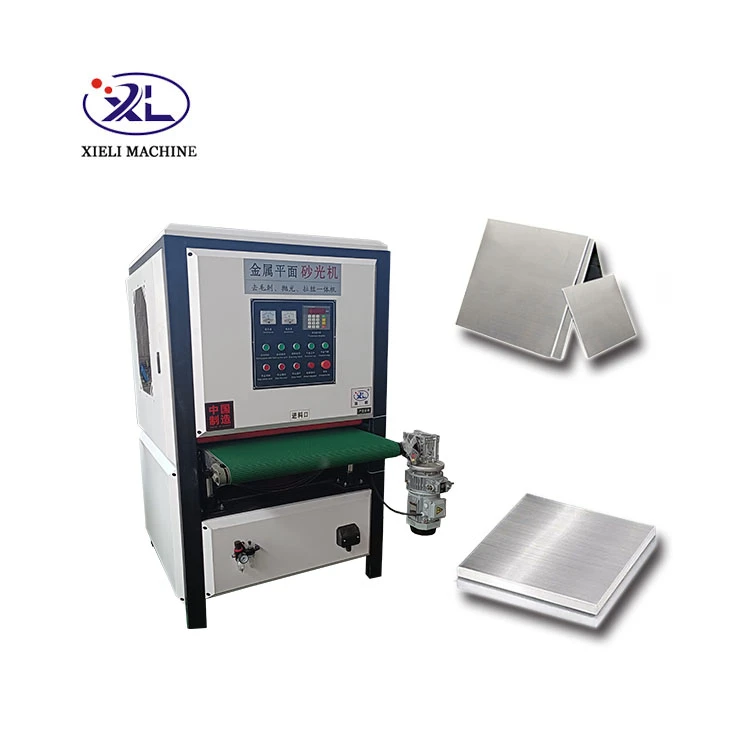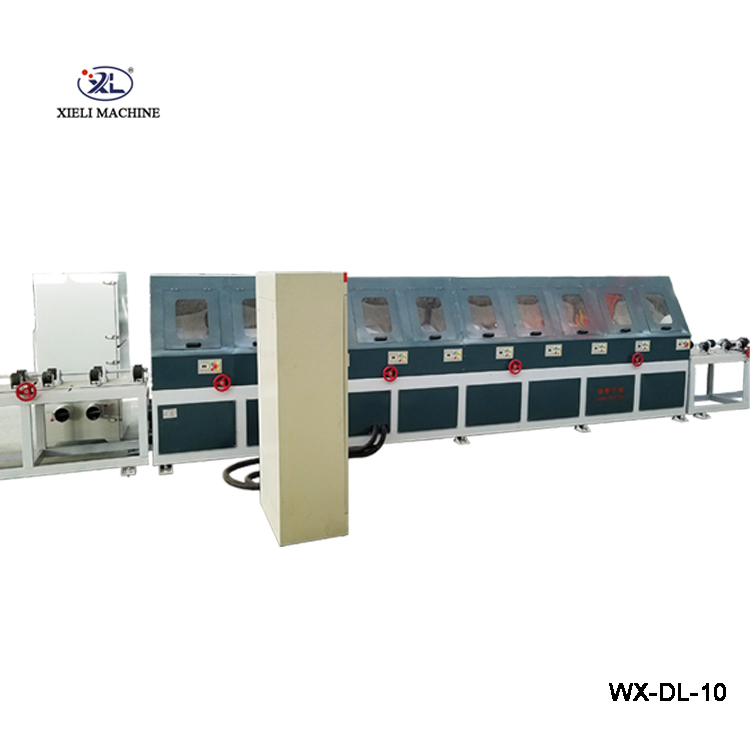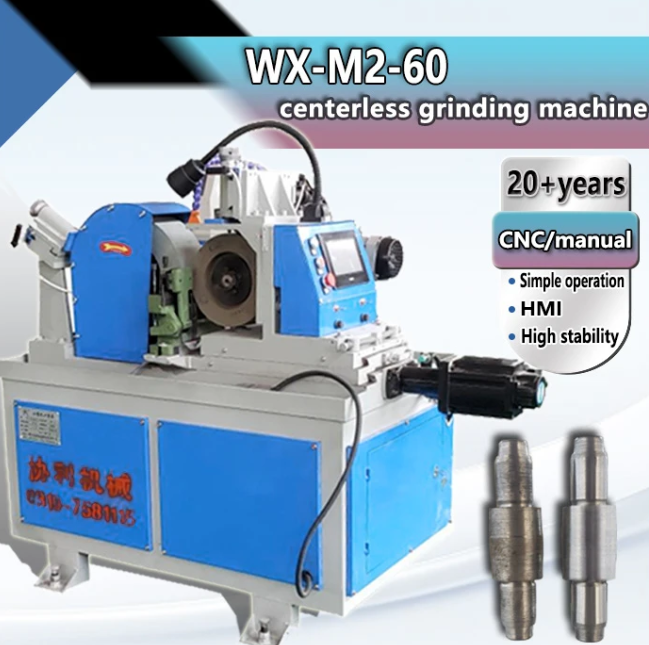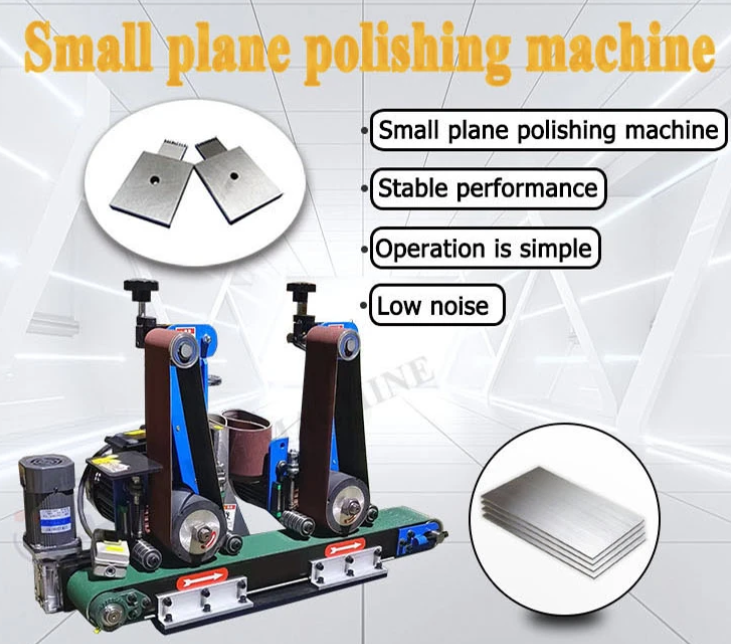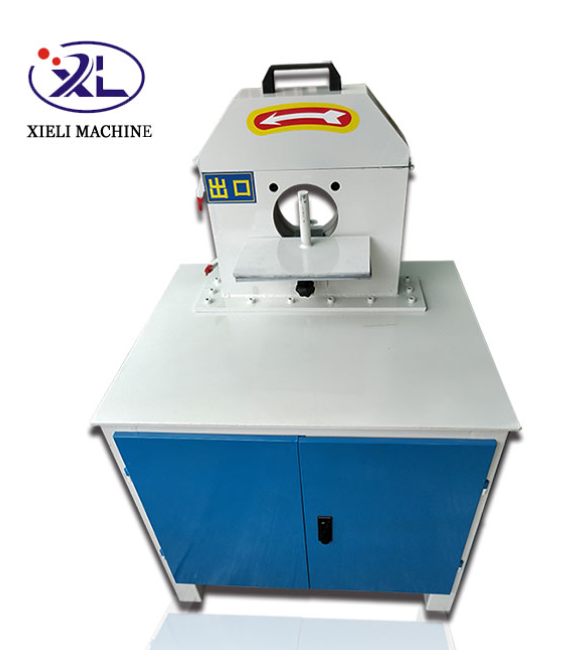The Imperative of Precision: Insights into Automated Polishing Machinery
In high-stakes industrial environments, the surface finish of components is not merely an aesthetic consideration but a critical factor influencing performance, longevity, and regulatory compliance. From aerospace and medical devices to automotive and petrochemical applications, achieving precise, consistent, and defect-free surfaces is paramount. This demand underscores the vital role of sophisticated polishing technology, particularly the expertise offered by leading high quality automatic polishing machine manufacturers. These specialized firms deliver advanced solutions designed to meet the rigorous demands of modern manufacturing, optimizing production efficiency while ensuring unparalleled surface integrity for diverse materials, including stainless steel, various metals, and composite panels.
For example, products such as the Xieli Machinery stainless steel sheet plate panel polishing grinding derusting abrasive belt flat polishing machine exemplify the pinnacle of automated surface treatment, providing superior results for applications ranging from architectural panels to intricate industrial components. This article delves into the critical aspects of this advanced machinery, covering industry trends, technical intricacies, application diversity, and the hallmarks of top-tier manufacturers.
Industry Trends Shaping Automated Polishing
The landscape of industrial surface finishing is rapidly evolving, driven by several key trends that emphasize efficiency, precision, and sustainability. Manufacturers are increasingly seeking solutions that offer higher levels of automation and integration with existing production lines.
- Advanced Automation & Robotics: The shift towards fully automated systems reduces human error, increases throughput, and ensures consistent quality. This includes robotic polishing arms and CNC-controlled polishing heads capable of complex geometries.
- Enhanced Precision & Surface Finish Control: Demand for mirror finishes (e.g., BA, No. 8) on materials like stainless steel pipes and sheets requires machines with highly sensitive control systems and superior abrasive management. This is crucial for applications requiring hygiene (food, pharma) or corrosion resistance.
- Energy Efficiency: Optimized motor designs, variable frequency drives (VFDs), and intelligent power management systems are becoming standard, reducing operational costs and environmental impact.
- Data Integration & IoT: Real-time monitoring of polishing parameters, predictive maintenance, and data analytics capabilities are emerging, allowing for continuous process optimization and improved uptime.
- Material Versatility: Polishing machines are being designed to handle a broader range of materials, from various grades of stainless steel and aluminum to exotic alloys and composite panels, often requiring specialized abrasive belt configurations.
These trends collectively push the boundaries of what's achievable in surface finishing, driving innovations in machines like the high quality centerless belt grinding polishing machine and specialized units for specific profiles such as the high quality square tube grinding machine.
The Manufacturing Process of Advanced Polishing Machinery
Producing reliable and efficient polishing equipment requires a meticulously engineered and quality-controlled manufacturing process. For high quality automatic polishing machine manufacturers, this involves a multi-stage approach ensuring precision, durability, and performance from raw material to final assembly.
Process Flow Overview:
- 1. Design & Engineering (CAD/CAM): Utilizing advanced CAD/CAM software for precise machine design, component layout, and simulation, ensuring optimal ergonomics, maintenance access, and operational efficiency.
- 2. Material Selection & Preparation: Sourcing high-grade materials such as structural steel (Q235, Q345), stainless steel (SUS304, SUS316) for contact parts to ensure corrosion resistance, and specialized alloys for critical wear components.
- 3. Precision Machining (CNC): Key components like polishing heads, main shafts, transmission gears, and guide rails are produced using multi-axis CNC machining centers. This guarantees micron-level accuracy, critical for achieving uniform pressure and consistent polishing results. This stage is vital for the longevity and precision of a high quality old centerless grinding machine that might be refurbished or new components for a modern unit.
- 4. Fabrication & Welding: Structural frames and chassis undergo robust fabrication processes, including laser cutting and robotic welding, ensuring structural integrity and minimizing distortion. Stress-relieving treatments are often applied.
- 5. Surface Treatment & Coating: Components are cleaned, sandblasted, and often treated with corrosion-resistant primers and industrial-grade powder coatings or paints, extending service life in harsh environments.
- 6. Assembly & Integration: Mechanical, electrical, and pneumatic systems are meticulously assembled. High-quality bearings, motors, PLCs, and sensors (from reputable brands like Siemens, Schneider, ABB) are integrated.
- 7. Testing & Calibration: Each machine undergoes rigorous testing, including load tests, vibration analysis, and extended operational runs. Polishing performance is validated against specific surface roughness (Ra) and flatness standards.
- 8. Quality Control & Certification: Adherence to international standards like ISO 9001 (Quality Management) and CE marking for European market compliance is verified. Specific parts might meet ANSI or ASTM standards.

Image 1: Precision components undergoing CNC machining for an automatic polishing machine.
Typical Application Advantages:
- Energy Saving: Modern designs incorporate high-efficiency motors (IE3/IE4), intelligent power management systems, and optimized abrasive belt usage, leading to significant reductions in operational energy consumption—often 15-20% lower than older models.
- Corrosion Resistance: Utilizing stainless steel for wetted parts and robust anti-corrosion treatments for the machine frame ensures extended service life, particularly in humid or chemically aggressive industrial environments, such as those found in petrochemical or water supply & drainage sectors.
- Extended Service Life: With proper maintenance, high-quality machines are engineered for a service life exceeding 15-20 years, thanks to durable components and robust construction.
- Target Industries: Petrochemical, Metallurgy, Automotive, Aerospace, Medical, Food & Beverage, Water Supply & Drainage, and architectural fabrication.
Technical Specifications and Parameters
Understanding the detailed technical specifications is crucial for selecting the right automatic polishing machine. Parameters dictate performance, capacity, and the quality of the final surface finish. Below is a representative table for an advanced flat polishing machine, similar to the Xieli Machinery stainless steel sheet plate panel polishing grinding derusting abrasive belt flat polishing machine.
Typical Flat Polishing Machine Specifications:
| Parameter | Value/Description |
|---|---|
| Working Width (Max) | 1300 mm (51 inches) |
| Working Thickness (Min-Max) | 0.5 - 80 mm (0.02 - 3.15 inches) |
| Number of Polishing Heads | 2-12 (Modular configuration) |
| Main Motor Power per Head | 11 kW - 37 kW (15 HP - 50 HP) |
| Abrasive Belt Speed | 18 - 30 m/s (Adjustable via VFD) |
| Feed Speed | 0.5 - 6 m/min (Variable) |
| Achievable Surface Roughness (Ra) | 0.01 µm - 0.8 µm (depending on grit sequence) |
| Control System | Siemens PLC with HMI Touchscreen |
| Dust Collection Interface | Integrated connection point (Air Volume: 6000-10000 m³/h) |
| Machine Dimensions (L x W x H) | Varies by configuration (e.g., 6000 x 2000 x 2500 mm for 6 heads) |
| Weight (Approx.) | 8,000 kg - 25,000 kg |
| Compliance | CE, ISO 9001 |
These specifications highlight the robust engineering and precision capabilities inherent in modern automatic polishing solutions. The modularity in the number of polishing heads allows for customized approaches to achieve specific finishes, from coarse grinding to mirror-like polishing.
Diverse Application Scenarios
The versatility of automated polishing machines extends across a multitude of industries and applications, addressing critical surface finishing requirements for various material forms.
- Stainless Steel Sheets and Panels: Achieving decorative finishes (e.g., No. 4, Hairline, Mirror 8K) for architectural cladding, elevator panels, kitchen equipment, and decorative elements. This directly relates to the capabilities of flat polishing machines.
- Pipes and Tubes: The demand for smooth internal and external surfaces in industries like petrochemical, pharmaceutical, and food processing is met by specialized units. High quality pipe polishing machine suppliers offer solutions ranging from orbital polishers to sophisticated through-feed systems for high quality stainless steel pipe mirror polishing machine finishes, crucial for preventing contamination and ensuring flow efficiency.
- Bars and Rods: Centerless grinding and polishing machines are essential for producing precision shafts, hydraulic rods, and other cylindrical components. A high quality centerless belt grinding polishing machine can achieve very tight tolerances and superior surface finishes.
- Square and Rectangular Tubes: Fabricators of railing systems, furniture, and structural components require machines tailored to these profiles. The high quality square tube polishing machine and high quality ss square tube polishing machine ensure uniform finish across all faces, removing weld seams and surface imperfections.
- Automotive Components: Polishing of engine parts, exhaust systems, trim, and decorative elements for both aesthetic appeal and enhanced performance (e.g., reduced friction).
- Medical Devices: Precision polishing of surgical instruments, implants, and diagnostic equipment where biocompatibility and sterile surfaces are non-negotiable. Ultra-smooth finishes prevent bacterial adhesion and ensure patient safety.
- Aerospace Components: Polishing of turbine blades, structural components, and landing gear parts to reduce fatigue, improve aerodynamic efficiency, and meet stringent safety standards.

Image 2: An automatic polishing machine processing a stainless steel sheet for a commercial application.
The adaptability of modern polishing equipment ensures that specific industry demands, whether for decorative finish, hygienic standards, or fatigue resistance, can be met effectively. The varying requirements often lead to discussions about high quality metal polishing machine price and the return on investment for specialized machinery.
Technical Advantages and Performance Metrics
The competitive edge offered by leading automatic polishing machines stems from a combination of advanced engineering, intelligent controls, and robust construction. Key technical advantages include:
- Superior Surface Uniformity: Advanced pressure control systems, oscillating polishing heads, and precise material handling ensure consistent abrasive contact across the entire workpiece, eliminating streaks, swirls, and inconsistent finishes.
- High Throughput & Efficiency: Multi-head configurations, automated loading/unloading systems, and optimized belt speeds significantly reduce processing times compared to manual methods, boosting production capacity by up to 50-70%.
- Reduced Material Waste: Precise control minimizes material removal, extending the life of the workpiece and reducing scrap rates. This is particularly important for expensive materials.
- Operator Safety & Ergonomics: Enclosed systems, automatic emergency stops, and minimal operator intervention reduce risks associated with manual polishing, enhancing workplace safety.
- Environmental Compliance: Integrated dust collection systems efficiently capture particulates, maintaining clean air quality and adhering to environmental regulations (e.g., OSHA, local EPA standards). Noise levels are also significantly reduced.
- Process Repeatability: PLC-based control systems allow for the storage and recall of specific polishing recipes, ensuring identical results for subsequent batches, critical for quality-sensitive industries.
- Low Maintenance & Downtime: Constructed with high-quality, durable components and designed for easy access for routine maintenance, minimizing unscheduled downtime. Bearings, belts, and motors are selected for industrial duty cycles.
These technical merits translate directly into significant operational benefits, improving product quality, reducing labor costs, and enhancing overall manufacturing competitiveness.
Vendor Comparison: Choosing the Right Manufacturer
Selecting a supplier for automatic polishing machinery involves evaluating several key factors beyond just the initial purchase price. A strategic decision relies on a holistic assessment of product quality, technological sophistication, after-sales support, and long-term value. Below is a comparative analysis framework to guide B2B decision-makers.
Automatic Polishing Machine Manufacturer Comparison:
| Feature/Criteria | Leading High Quality Automatic Polishing Machine Manufacturers (e.g., Xieli Machinery) | Standard Manufacturers |
|---|---|---|
| Build Quality & Materials | High-grade structural steel, SUS304/316 for contact parts, precision CNC-machined components. Robust, heavy-duty construction for minimal vibration. | Standard industrial steel, basic finishes, off-the-shelf components. Lighter construction, potentially more vibration. |
| Automation & Control System | Advanced PLC (e.g., Siemens, Mitsubishi) with intuitive HMI, remote diagnostics, data logging, AI-driven process optimization. Fully automatic. | Basic PLC, limited HMI functions, manual adjustments often required. Semi-automatic or less advanced automation. |
| Polishing Precision & Finish | Achieves Ra values down to 0.01 µm, consistent mirror finishes (8K), uniform material removal. Advanced pressure sensors. | Achieves Ra values typically >0.1 µm, less consistent finishes, manual intervention for critical areas. |
| Energy Efficiency | IE3/IE4 motors, VFDs, optimized power consumption. Typically 15-20% more efficient. | Standard motors, less optimization, higher energy consumption. |
| Customization Options | Extensive customization for dimensions, head configurations, material handling, integration with existing lines. | Limited standard options, minimal custom engineering. |
| After-Sales Support & Warranty | Comprehensive global support, remote diagnostics, extensive spare parts inventory, 2-year+ warranty, on-site training. | Local/regional support, limited spare parts, 1-year standard warranty. |
| Certifications & Compliance | ISO 9001, CE, often industry-specific (e.g., FDA for medical, PED for pressure equipment). | Basic safety certifications, less emphasis on international compliance. |
| Total Cost of Ownership (TCO) | Higher initial investment, but lower operational costs (energy, maintenance, abrasives) and longer service life lead to better long-term ROI. | Lower initial investment, but higher operational costs, more downtime, shorter service life. |

Image 3: Advanced control panel interface for a high-quality automatic polishing machine.
The clear distinction lies in the long-term value, reliability, and precision offered by top-tier manufacturers. While the initial high quality metal polishing machine price may be higher, the cumulative benefits in performance, uptime, and product quality typically yield a superior return on investment.
Customized Solutions for Unique Requirements
One of the hallmarks of a leading automatic polishing machine manufacturer is its ability to provide bespoke solutions tailored to specific client needs. Standard models may suffice for many applications, but certain industries or unique production lines necessitate customized engineering.
Customization options can include:
- Specialized Dimensions: Accommodating unusually large or small workpieces, or integrating into constrained factory layouts. For instance, a bespoke high quality pipe polishing machine might be needed for extra-large diameter industrial pipes.
- Unique Material Handling Systems: Integrating automated loading/unloading robots, vacuum lifters for delicate sheets, or specialized conveyors for heavy profiles like square tubes.
- Specific Polishing Head Configurations: Designing multi-head machines with varying abrasive types and grit sequences in a single pass to achieve complex finish requirements, or specific angles for contoured surfaces.
- Advanced Control & Monitoring: Integrating with existing SCADA systems, adding specialized sensors for real-time surface quality assessment, or advanced predictive maintenance features.
- Environmental Adaptations: Machines designed for sterile environments (cleanrooms), hazardous locations (explosion-proof components), or extreme temperatures.

Image 4: A custom-engineered polishing solution integrated into a client's production line.
These tailored solutions underscore the expertise and flexibility of premier manufacturers, transforming a standard machine into a highly optimized asset for niche applications.
Application Case Studies: Real-World Impact
The tangible benefits of investing in a high-quality automatic polishing machine are best illustrated through real-world applications. These case studies highlight improved efficiency, product quality, and operational savings.
Case Study 1: Large-Scale Stainless Steel Sheet Fabrication
A major architectural façade manufacturer required a consistent No. 4 brushed finish on large stainless steel panels (up to 4m x 2m) for a high-profile commercial building project. Manual polishing methods were inconsistent, time-consuming, and produced unacceptable variations in grain direction and surface roughness.
- Solution: Implementation of a multi-head abrasive belt flat polishing machine (similar to Xieli Machinery's product) with advanced PLC control for precise pressure and feed speed management.
- Results: Achieved perfectly uniform No. 4 finish with a consistent Ra value of 0.4-0.6 µm. Production throughput increased by 60%, and abrasive belt consumption was reduced by 25% due to optimized usage. The project was completed ahead of schedule with zero rejections due to surface finish quality.
Case Study 2: Pharmaceutical Grade Pipe Finishing
A leading pharmaceutical equipment supplier needed to produce high quality stainless steel pipe mirror polishing machine components with an internal and external mirror finish (Ra
- Solution: A specialized high quality pipe polishing machine with internal orbital polishing capabilities and external multi-head belt polishing, complete with integrated rinsing and drying. The machine was constructed with SUS316L for all contact parts.
- Results: Consistently achieved Ra
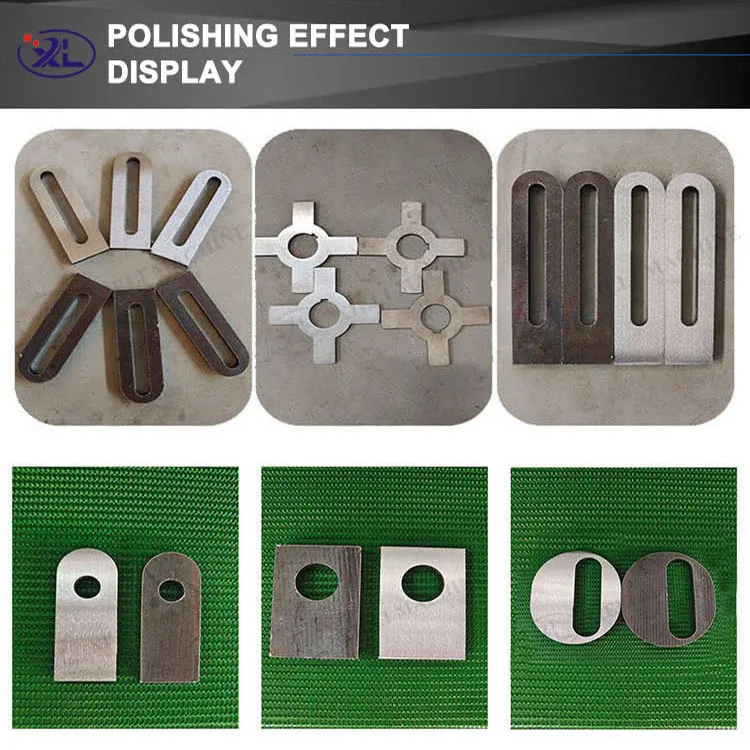
Image 5: Automated polishing line in a large-scale manufacturing facility, demonstrating increased efficiency.
Ensuring Quality, Reliability, and Trustworthiness
Beyond technical specifications and application scenarios, the true value of a manufacturing partnership lies in the assurance of quality, reliability, and robust support. Leading high quality automatic polishing machine manufacturers prioritize these aspects to build long-term trust with their clients.
Certifications and Standards:
- ISO 9001: Certification for Quality Management Systems, ensuring consistent product quality and continuous improvement in manufacturing processes.
- CE Marking: Compliance with European Union safety, health, and environmental protection directives, crucial for international markets.
- ANSI/ASTM Standards: Adherence to American National Standards Institute and American Society for Testing and Materials standards for material properties and mechanical design where applicable.
- Client Audits: Willingness to undergo client-specific factory and quality audits, demonstrating transparency and commitment to high standards.
Frequently Asked Questions (FAQ):
Q1: What types of abrasives can be used with these machines?
A: Our machines are compatible with a wide range of abrasive belts and polishing wheels, including aluminum oxide, silicon carbide, zirconia, and non-woven abrasive materials, allowing for various finishes from coarse grinding to super mirror polishing. Specific recommendations are provided based on material and desired finish.
Q2: What is the typical lead time for a new automatic polishing machine?
A: Standard configurations typically have a lead time of 8-12 weeks from order confirmation to shipment. Custom-engineered solutions may require 16-24 weeks, depending on the complexity of design and component sourcing.
Q3: How often do the abrasive belts need to be changed?
A: Abrasive belt life varies significantly based on material being polished, desired finish, and operational parameters. Modern machines feature automatic belt tensioning and tracking systems to maximize belt life. We provide guidelines and recommend specific abrasive suppliers for optimal performance.
Q4: What kind of warranty and after-sales support do you offer?
A: We provide a comprehensive 2-year warranty on all mechanical and electrical components. Our after-sales support includes remote technical assistance (24/7), on-site installation and commissioning, operator training, and a readily available inventory of genuine spare parts for expedited delivery.
Lead Time & Fulfillment:
Our streamlined production and supply chain management ensure efficient fulfillment. We offer detailed project timelines, regular updates, and logistics support for global delivery.
Warranty Commitments:
A standard 2-year warranty on major components reflects our confidence in product durability. Extended warranty options and service contracts are also available to provide peace of mind for long-term operations.
Customer Support & Training:
Our dedicated technical support team is available globally. We offer comprehensive training programs for client personnel on machine operation, maintenance, and troubleshooting, ensuring optimal performance and maximizing asset life.
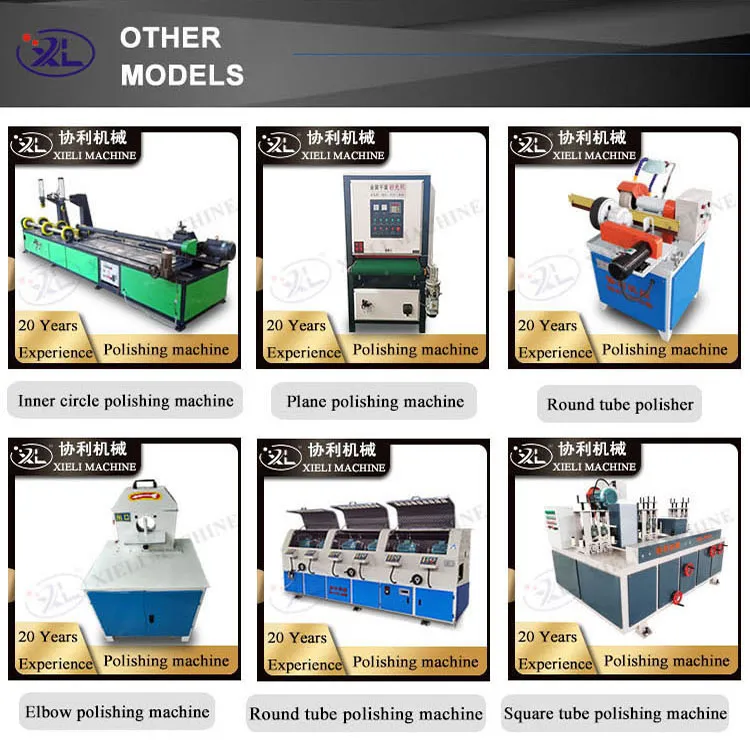
Image 6: After-sales support team conducting remote diagnostics for an automated polishing system.
Conclusion
The selection of an automatic polishing machine is a strategic investment that significantly impacts product quality, production efficiency, and operational costs. Partnering with high quality automatic polishing machine manufacturers is paramount to ensuring that these critical surface finishing requirements are met with precision, reliability, and long-term value. From advanced material processing and sophisticated automation to robust after-sales support and flexible customization, the benefits extend far beyond the initial purchase. As industries continue to demand higher standards of surface integrity and operational efficiency, the role of these advanced polishing solutions will only grow in importance, driving innovation and competitive advantage for forward-thinking enterprises.
References
- Smith, J. & Johnson, A. (2022). "Advancements in Abrasive Belt Technology for Industrial Surface Finishing." Journal of Manufacturing Technology, 45(3), 123-138.
- International Organization for Standardization. (2023). "ISO 9001:2015 Quality Management Systems – Requirements." Retrieved from www.iso.org.
- European Commission. (2021). "Machinery Directive 2006/42/EC: Safety of machinery." Retrieved from ec.europa.eu.
- Wang, L. & Chen, X. (2023). "Energy Efficiency Optimization in Automated Metal Polishing Processes." Proceedings of the International Conference on Advanced Manufacturing Engineering, 112-119.
- Materials Science & Engineering A. (2024). "Surface Roughness and Corrosion Resistance of Polished Stainless Steels in Industrial Applications." Elsevier Publications.

